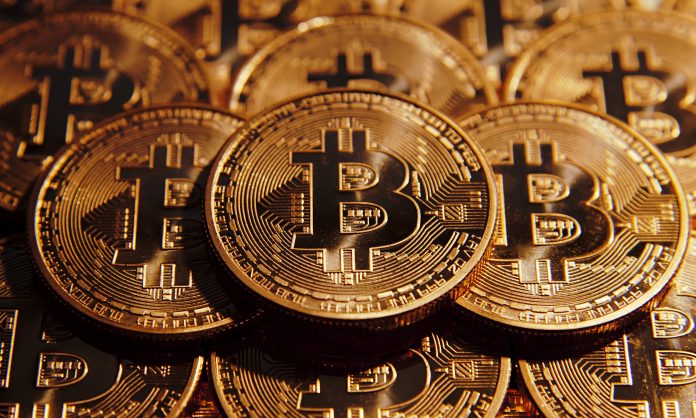Unless you’ve been living under a rock for the past 3 years, chances are you must have been acquainted with the recent surge in the price of cryptocurrencies-more specifically Bitcoin. If not, here’s 4 year price chart depicting how the price of a unit went from $66 to $4316-an unprecedented 65 multiple increase. To put things into perspective, a mere investment of a lac rupees in 2010 would have made you richer than Malik Riaz today. For comparison purposes, tech giant Google’s parent company, Alphabet, went from $54.21 to $925- a 17 time increase- in more than three times the time period.
Such astronomical returns should raise some eyebrows, and we’ll get to that in a bit. But let’s first understand how cryptocurrency works and what drives its value.
An angry response to global financial crisis
The concept of Bitcoin was first proposed around 2008 by a group of anonymous people as an angry response to the global financial crisis. The idea was to put out a transparent decentralized currency that would simple connect the payer and the payee without the hassle of a bank or a government.
Each transaction on the blockchain (the network that would power the transactions) would be recorded in a public ledger (https://blockchain.info/) that could be seen by anyone, thus creating a tamper-proof system.

The network would be powered by the computing power of thousands of individuals on the network known as miners, with each miner receiving a reward in the form of a bitcoin. The design was such that the coins would be limited to a supply of 21million, but they would never really reach that number as the transactions would get harder to process as more mining took place.
That’s all well and good, but the real question is; what’s driving the value? The answer: Nobody knows for sure.
What’s driving the value of the currency?
Some say it’s the extensive adoption of the blockchain platform in the recent years. A quick Google search reveals just about a 100 list of companies that currently accept BTC. And if adoption was the real cause, PayPal would be worth much more than any other payment platform. A more plausible theory is its use as an alternative investment. Countries with strict capital controls such as China highly regulate the outflow of yuan from the country. Investors looking to use their money in some other part of the world have to go through bureaucratic red tape to convert their money.
Instead of all that hassle, they could simply purchase a couple of bitcoins and send them to the other end of the world in less than 7 seconds. Another key point driving Bitcoin’s value is its positioning as the point of entry for cryptocurrency. Most exchanges don’t even have a dollar pairing for smaller crypto-coins but would still hold a bitcoin pairing.

So nobody really knows what’s driving the value of the currency, yet there are millions of dollars worth of bitcoin transacted every day on currency exchanges. Sounds familiar to the pre-dotcom bubble era doesn’t it? The largest IPOs at the time, including Pets.com, went bust when people realized they are overvaluing the potential of e-commerce by a huge margin. Similar things happen during the housing bubble of 2008, when herd mentality and greed managed to blur common sense. History isn’t on bitcoin’s side.
Fundamentals go against the principles
Though the fundamentals of bitcoin investing tend to go against all the principles of value investing, the prospects of such huge gains did manage to garner a lot of attention. The Winklewoss twins of the Facebook fame own about 1% of all the bitcoin supply in the world. Similarly, many high net worth individuals are dedicating a proportion of their portfolio to the cryptocurrency. And that’s another problem I see with the currency; such huge holdings mean that big market players have the power to manipulate its market cap at will. And unlike stocks which have the SECP penalizing such maneuvers, all is fair in the big bad crypto-world.
But that’s not to say you should avoid bitcoin investing completely; the currency can be used for hedging purposes thanks to its negative correlation with fiat currency and hence, world events. Price hikes during the Greece economic crisis, Brexit and Donald Trump’s ascension to president serve as proof.

You could also benefit off the huge spreads and volatility through day trading or applying a simple holding strategy and wait for percentage gains before cashing out. Whether the bubble bursts before your exit is in most parts luck. Just remember not to go all in; I would personally advise dedicating less than 1% of a portfolio to account for the extremely high value at risk.


























Dear Writer, Can you please help me understand,
How did 100K PKR investment would have surpassed Malik Riaz’s net worth?
it would merely be 75 lac Rupees !
Let’s assume bought at 60 Rs and sold at 4500 Rs
100,000/60= 1,667 units
1,667*4500=7,500,000 = 75 lac rupees !
Good Written Article.